Reaction Times Are Critical When You’re Behind the Wheel [infographic]

By
Madeleine Jones
Motor vehicle drivers who cause or contribute to traffic accidents have longer reaction times to potential road dangers than other drivers. Although driver reaction times vary greatly between drivers and situations, safety experts suggest that drivers pay close attention to the time it takes to slow down and bring a vehicle to a safe stop. If you or a family member was seriously injured in a car accident, or you lost a loved one, call a Las Vegas car accident attorney at Cogburn Law today for a free case consultation.
(Article continues below infographic)
![Reaction Times Behind The Wheel [Infographic] Reaction Times Are Critical](https://cogburnlaw.com/wp-content/uploads/2018/01/Cogburn_2018_Jan_Reaction-Times-Are-Critical-When-You.jpg)
Reaction Times Behind the Wheel
Highway traffic and safety engineers have developed general guidelines for vehicle stopping times and distances that are held as safety standards. Studies show that the total time to stop a vehicle is 5.4 to 6.4 seconds. This total accounts for a one-second delay in driver reaction time and a two-second delay in hitting the brakes. With an average of almost 6.5 seconds to stop a moving vehicle, the stopping distance could be as much as 302 feet, depending on vehicle speed.
Safety engineers have established a formula: Stopping distance = thinking distance + braking distance.
- Thinking distance – Thinking distance is the distance that the car travels before the driver reacts and applies the brakes. During this time, the car continues to move forward at the speed of travel.
- Braking distance – The braking distance is the distance that it takes the car to come to a complete stop once the driver applies the brakes.
Traffic safety studies show that thinking distance is significantly increased by driver fatigue, distractions, drugs and alcohol, and higher speeds. Braking distance is increased by poor road and weather conditions, improperly maintained vehicles, too many vehicle occupants, and higher speeds.
The most common accidents that involve braking distance are rear-ended collisions. They occur when drivers don’t have the adequate reaction time to slow down or stop safely. Increasing the following distance will give drivers the necessary time to react to sudden stops or other hazards in the traffic ahead. The National Safety Council recommends a three-second rule, a minimum three-second following distance, to prevent rear-end collisions.
Studies that measure driver reaction times in motor vehicle accidents give traffic and safety experts important information that impacts traffic injuries and fatalities. Studies show that drivers with slower reaction times to road conditions and emergency situations cause more traffic accidents than other drivers. Reacting quickly to dangerous traffic conditions can prevent accidents and save lives.
If you or a loved one has been seriously injured due to negligence, call an experienced Las Vegas personal injury lawyer at Cogburn Law on (702) 748-7777 today for a free case consultation.
If you would like to receive a guide on how to win your auto accident case just enter your email address below and we will send it to you, free of charge.
Related articles you might also like:

